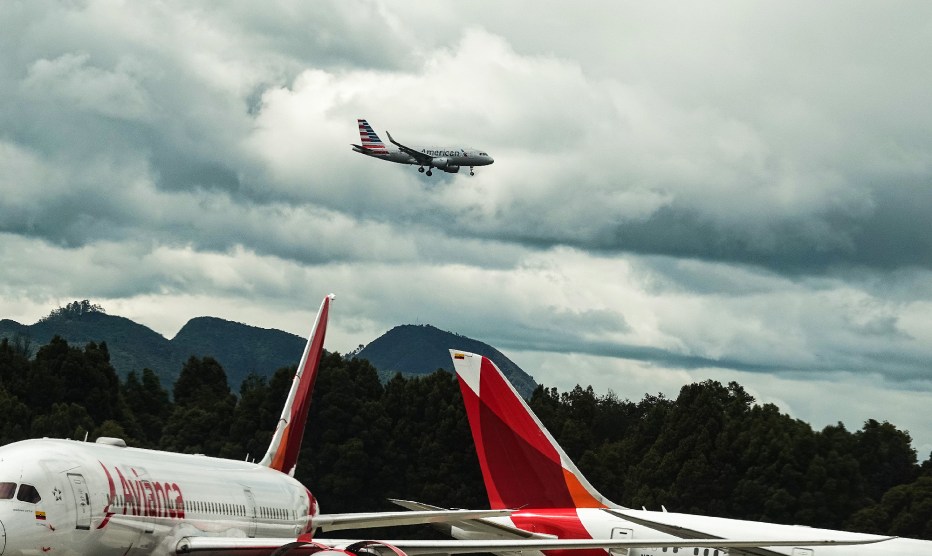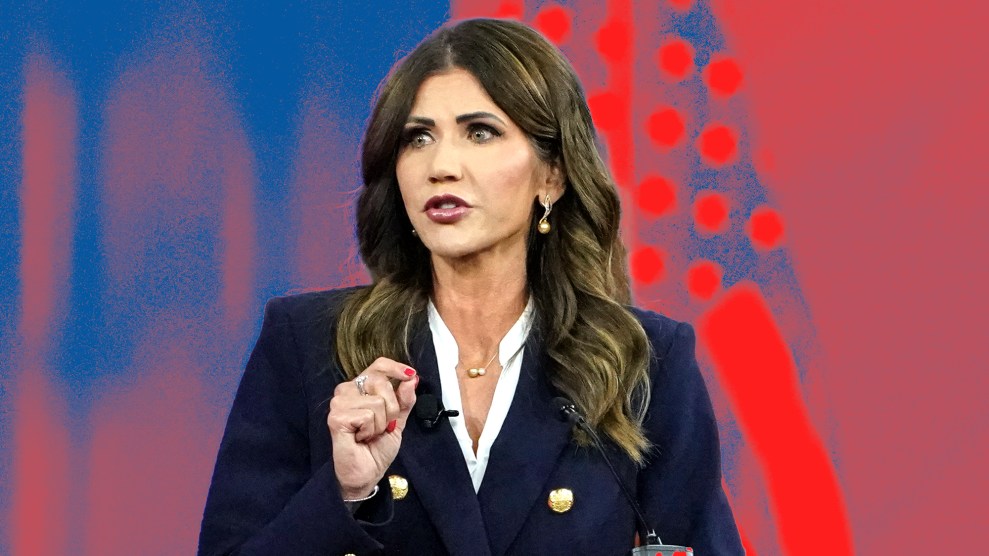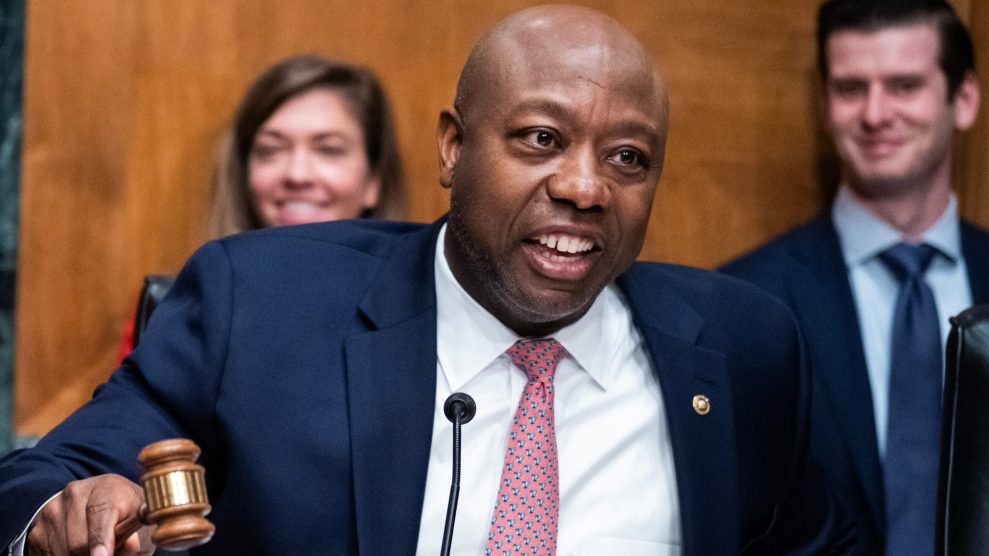
Kevin Drum
I’m not just a former management dweeb, I’m also a general purpose dweeb. So naturally I was interested when this question was posed last night on Twitter: which is safer, driving from San Francisco to San Diego or taking a plane?
The driving part was pretty easy. DOT estimates 150 fatal crashes per billion miles driven. It’s about a thousand miles round trip between San Francisco and San Diego, so that means the chance of dying is about 0.015 percent. Roughly 15 in a hundred thousand.
The flying part is trickier: you need to know both the odds of getting infected with coronavirus and the odds of dying from it. The latter is fairly easy. Assuming a normal, healthy, middle-aged adult, the case fatality rate is about 0.2 percent or so.
The odds of being infected in the first place, however, is hard to get a handle on. I read one paper that outlined an absurdly complicated model of virus transmission in airports and airplanes, but the authors were mostly interested in showing off their new algorithm and how it reduced compute time by 59x on a supercomputer. They never actually put a number to anything. However, WHO says that traveling by plane is pretty safe, and given how sparsely filled planes are these days, I can believe it. So let’s be very liberal and figure the odds at 1 percent for the round trip. I don’t think anyone can complain that I’m lowballing this. With these two numbers in hand, the chance of dying is 0.002 percent. Roughly 2 in a hundred thousand.
So flying wins pretty easily. Aside from the usefulness of knowing this, it’s a good demonstration of how the availability heuristic frames our estimates of danger. Getting killed in a car crash is something we live with all the time, so we tend to discount it. Conversely, COVID-19 is brand new and we’re all scared of it, so we tend to overestimate it. But driving is still pretty dangerous!

















